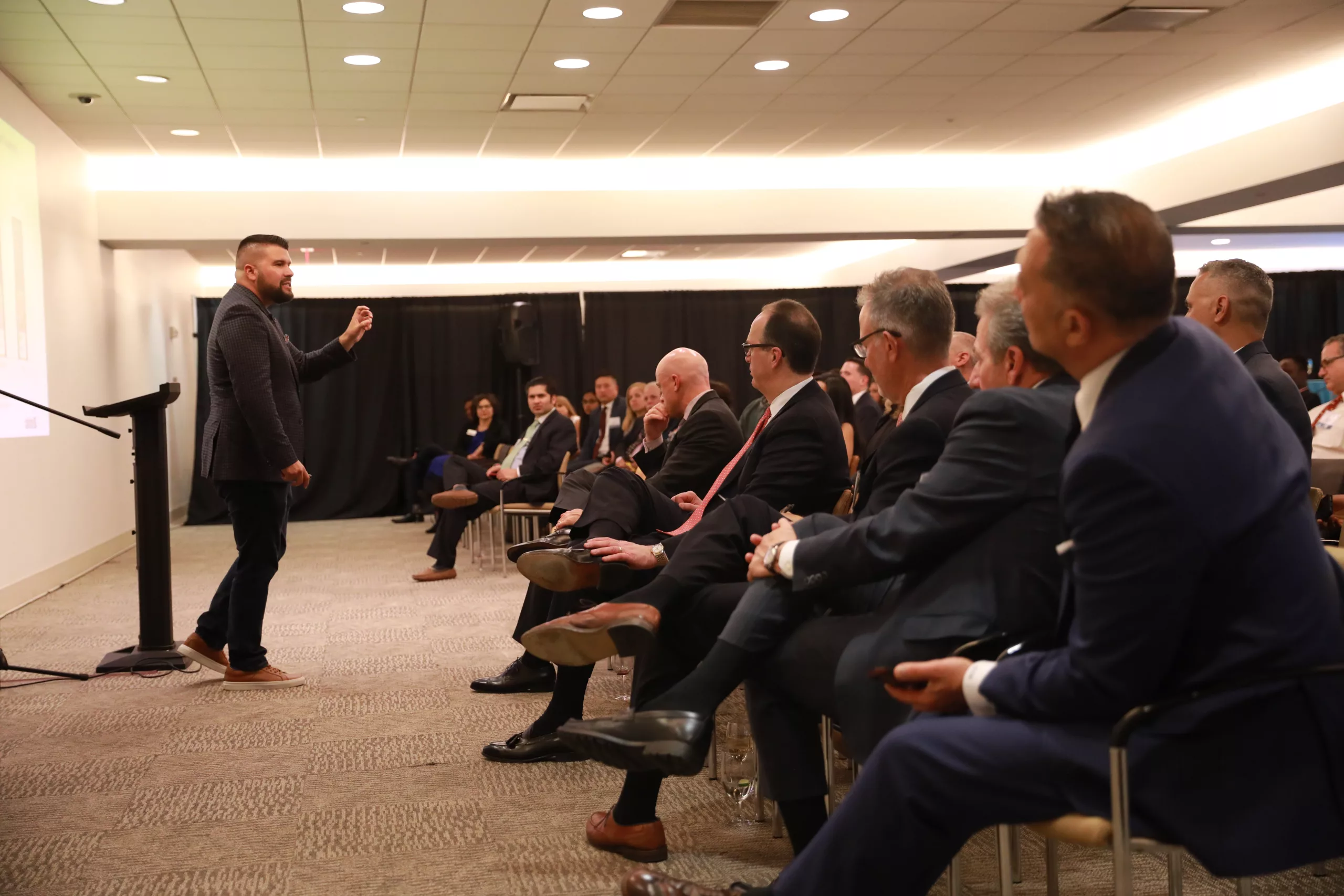Groupthink is a psychological phenomenon that occurs within a group of people when the desire for harmony or conformity in the group results in an irrational or dysfunctional decision-making outcome.
It can significantly impact businesses, leading to poor decision-making, a lack of creativity, and missed opportunities.
Understanding groupthink as a leader is essential because it allows you to recognize its presence, mitigate its adverse effects, and foster a more productive and innovative work environment.
Definition of Groupthink
Groupthink can be defined as a mode of thinking in which the desire for consensus within a group overrides critical thinking and independent judgment.
It often leads to the suppression of dissenting opinions and the tendency to conform to the group’s dominant viewpoint.
The Importance of Understanding Groupthink as a Leader
As a leader, understanding groupthink is crucial for several reasons.
Firstly, it helps you identify when groupthink occurs within your team or organization.
By recognizing the signs, you can proactively address them and prevent their negative consequences.
Secondly, understanding groupthink allows you to create an environment that encourages diverse perspectives and independent thinking, fostering innovation and better decision-making.
Lastly, being aware of groupthink helps you avoid the pitfalls of conformity and encourages constructive dissent, leading to more robust and well-rounded outcomes.
The 7 Characteristics of Groupthink and How to Reduce Their Impact
- Illusion of Invulnerability: Group members may develop an inflated sense of confidence and invulnerability, leading to excessive risk-taking. To reduce this impact, leaders should encourage open discussions about potential risks and promote considering alternative viewpoints.
- Collective Rationalization: Group members tend to downplay or dismiss warnings or doubts about the group’s decisions. To mitigate this, leaders should foster a culture that values critical thinking and encourages individuals to voice their concerns or doubts.
- Belief in Inherent Morality: Group members may believe that their decisions are morally superior, leading to the demonization of opposing viewpoints. Leaders should promote empathy and respect for differing opinions, emphasizing the importance of ethical decision-making.
- Stereotyping of Outsiders: Group members may develop negative stereotypes about individuals or groups with different perspectives. Leaders should encourage inclusivity and diversity, promoting an environment where all voices are heard and respected.
- Direct Pressure on Dissenters: Group members may exert pressure on those who express dissenting opinions or negative feedback, leading to self-censorship. Leaders should create a safe space for dissent, where individuals feel comfortable expressing their views without fear of retribution.
- Self-Censorship: Group members may withhold their opinions or doubts to avoid conflict with toxic managers or maintain group harmony. Leaders should actively seek input from all team members, ensuring that everyone has an opportunity to contribute their thoughts and ideas.
- Illusion of Unanimity: Group members may mistakenly believe that everyone agrees with the group’s decision, leading to the suppression of dissenting opinions. Leaders should encourage open and honest communication, explicitly inviting dissenting viewpoints and fostering an environment where diverse perspectives are valued.
Examples of Groupthink in the Workplace and Lessons for Leaders
- A team unanimously agrees on a new marketing strategy without considering alternative approaches. Lesson: Leaders should encourage the exploration of multiple options and challenge the status quo to foster innovation.
- A group of executives dismisses concerns about a potential product flaw, leading to a costly recall. Lesson: Leaders should create a culture that values constructive criticism and encourages thorough evaluation of possible risks.
- A team avoids discussing potential challenges or obstacles during project planning, leading to unexpected setbacks. Lesson: Leaders should promote open and transparent communication, encouraging team members to voice their concerns and identify potential roadblocks.
- A group quickly decides without thoroughly analyzing available data or considering alternative viewpoints. Lesson: Leaders should emphasize the importance of evidence-based decision-making and encourage critical thinking.
- A team ignores customer feedback, assuming that its expertise is sufficient. Lesson: Leaders should foster a customer-centric mindset, valuing external perspectives and feedback.
- A group disregards the input of junior team members, assuming that seniority equates to superior judgment. Lesson: Leaders should create an inclusive environment where all team members feel empowered to contribute their ideas and insights.
- A team avoids discussing potential ethical concerns related to a proposed business strategy. Lesson: Leaders should prioritize ethical decision-making and encourage open discussions about possible ethical implications.
- A group quickly reaches a consensus without thoroughly evaluating the long-term consequences. Lesson: Leaders should encourage thorough analysis and consider the potential long-term impacts of decisions.
- A team dismisses feedback from external experts, assuming that their expertise is sufficient. Lesson: Leaders should promote a continuous learning culture and encourage the integration of external knowledge.
- A group avoids challenging the opinions of a dominant team member, leading to a lack of diverse perspectives. Lesson: Leaders should actively seek input from all team members and create an environment where diverse viewpoints are valued and respected.
Conclusion
Groupthink can have a detrimental impact on business decision-making, stifling creativity and hindering innovation.
As a leader, understanding the characteristics of groupthink and its potential consequences is essential.
By fostering an environment that encourages diverse perspectives, critical thinking, and open communication, leaders can mitigate the adverse effects of groupthink and promote more effective decision-making within their teams and organizations.
With 30+ years of training experience, I founded Oak Innovation (oakinnovation.com) in 1995. I help busy training professionals and business managers deliver better training courses in less time by giving them instant access to editable training course material. I received my Bachelor’s and Master’s degrees from University College Cork. I hold qualifications in Professional Development And Training from University College Galway. Clients include Apple, Time Warner, and Harvard University.



















